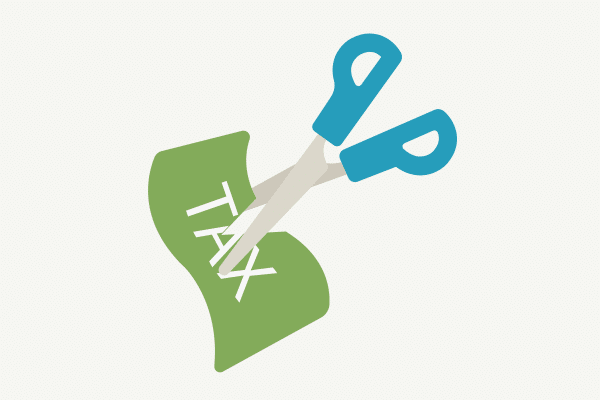
At Insogna CPA, we’re thrilled to share some exciting news: this month, we’re proudly featured as a partner in the A2X Directory.
For those who may not be familiar, A2X is a game-changer in the eCommerce world, making accrual financials for an online store a breeze.
As a licensed CPA firm, we’ve always been dedicated to providing top-notch, proactive services to our awesome eCommerce business owners who appreciate our timely communication, real-time financial updates, and proactive advisory and coaching guidance.

Being listed in the A2X Directory is a testament to our commitment to excellence in eCommerce accounting. We’re not just number crunchers; we’re your financial partners, here to help you navigate the complexities of your online selling business with confidence. Whether it’s strategizing your tax liabilities, forecasting your cash flow, or delivering weekly advisory meetings with you, we’re here to make sure you’re always proactively ahead of the curve.
We love working with A2X because, like us, they understand the unique needs of eCommerce businesses. Together, we ensure that your financial data is not only accurate but also actionable. So, if you’re an eCommerce owner looking for a CPA firm that’s as proactive as you are, why not see what we can do together?
Let’s chat about how we can help you. At Insogna CPA, we’re not just keeping up with the times—we’re setting the pace.
Need a proactive team helping grow your eCommerce business with you in real-time?
Let’s connect and explore how our team’s expertise, combined with A2X’s powerful tools, can help you thrive. Reach out today – our CPA team responds back asap.





